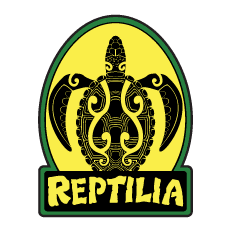Spectacled Caiman
Common Name: Spectacled Caiman
Scientific Name: Caiman crocodilus
Names: Carnage, Crunch
Locations: Whitby, Vaughan and London
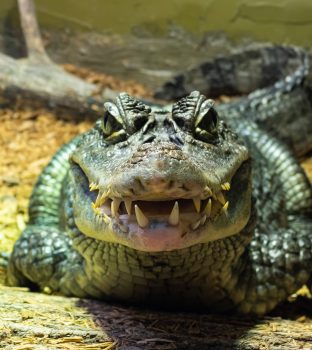
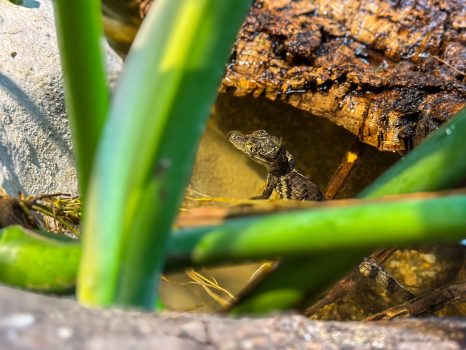
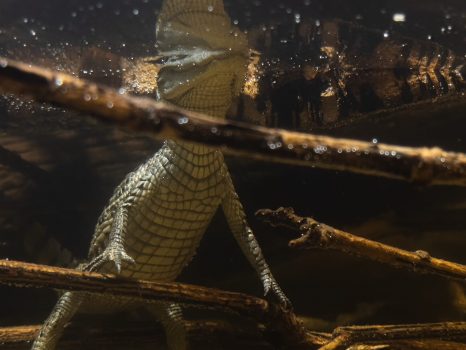
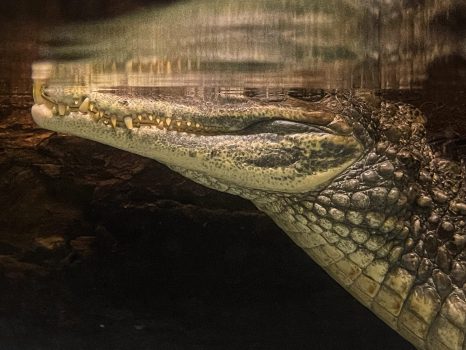
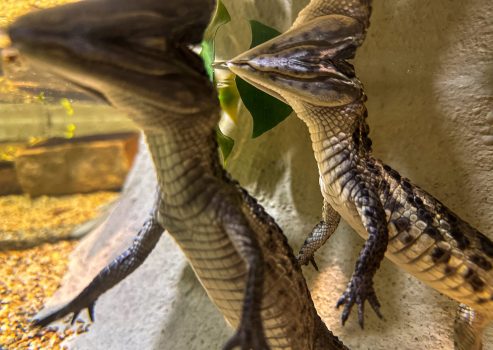
Diet
Spectacled Caimans are carnivorous and primarily feed on fish, amphibians, crustaceans, birds, mammals, and reptiles. They are opportunistic hunters and will consume a variety of prey found in their habitat.
Average lifespan
In the wild, Spectacled Caimans typically live around 25 to 40 years, though they can live longer in captivity with proper care.
Size
Adult Spectacled Caimans typically reach lengths of about 1.4 to 2.1 meters (4.6 to 6.9 feet), although some individuals may grow larger.
Weight
Adult Spectacled Caimans can weigh anywhere from 7 to 40 kilograms (15 to 88 pounds), with males generally being larger and heavier than females.
About
Spectacled Caimans are native to Central and South America, inhabiting freshwater habitats such as rivers, lakes, swamps, and wetlands. They are named for the bony ridge between their eyes, which gives them a “spectacled” appearance.
Size and behavior
Spectacled Caimans are relatively small compared to some other caiman species but are still formidable predators. They are primarily nocturnal and spend much of their time in or near water, where they hunt for prey and seek shelter. They are known for their powerful jaws and sharp teeth, which they use to capture and subdue prey.
Diet and nutrition
Spectacled Caimans have a diverse diet consisting mainly of aquatic prey such as fish, amphibians, and crustaceans. They are skilled hunters, using stealth and ambush tactics to catch their prey. Their diet may also include birds, mammals, and reptiles found near water bodies.
Conservation status
The conservation status of the Spectacled Caiman varies depending on the region and subspecies. Overall, they are considered to be of least concern by the International Union for Conservation of Nature (IUCN). However, they face threats from habitat loss, pollution, hunting for their skin, and conflicts with humans in some areas. Conservation efforts focused on habitat protection, sustainable management, and public education are important for the long-term survival of Spectacled Caimans.
Fun fact
Spectacled Caimans play an important role in their ecosystems as top predators, helping to regulate populations of prey species and maintain overall ecosystem balance. They are also known for their distinctive vocalizations, including hisses, grunts, and bellows, which they use for communication and territorial displays.
Call or visit your local Reptilia Facility to learn how you can adopt one of these amazing reptiles.
